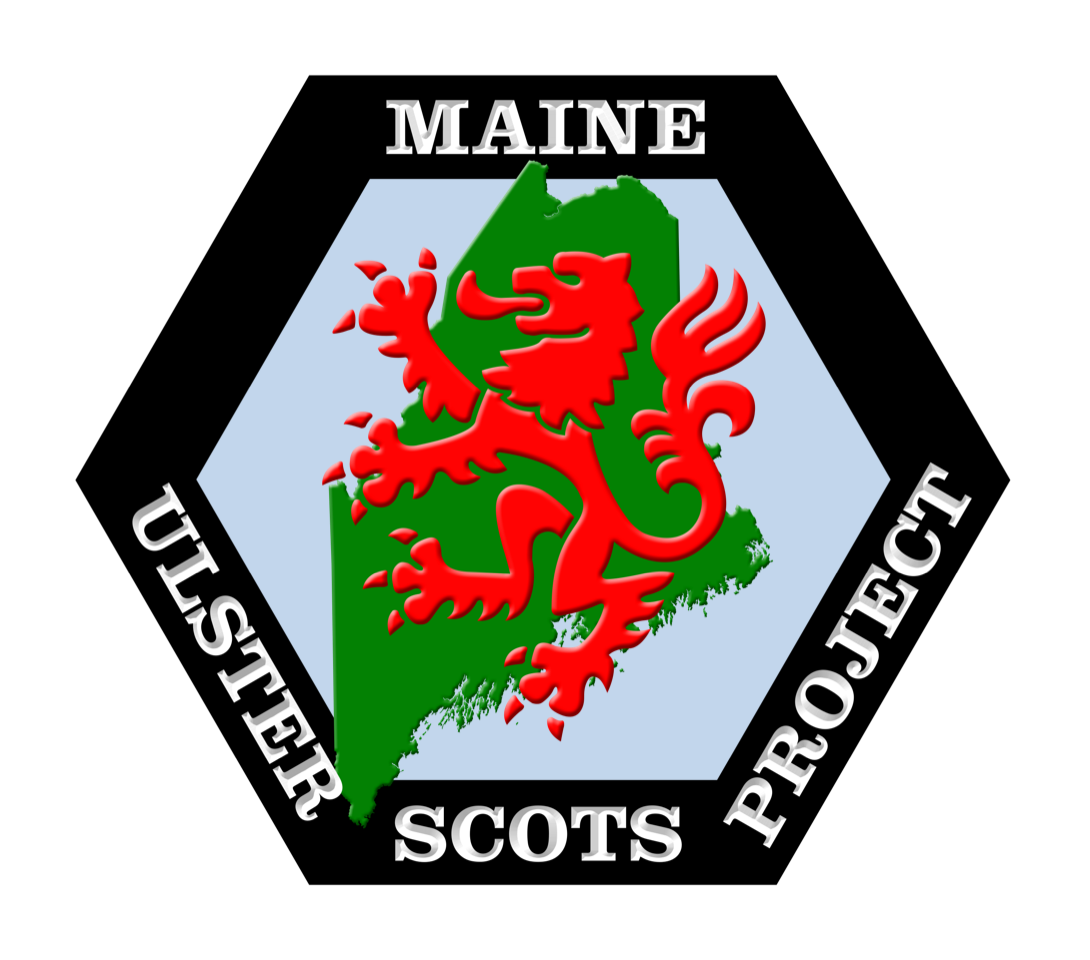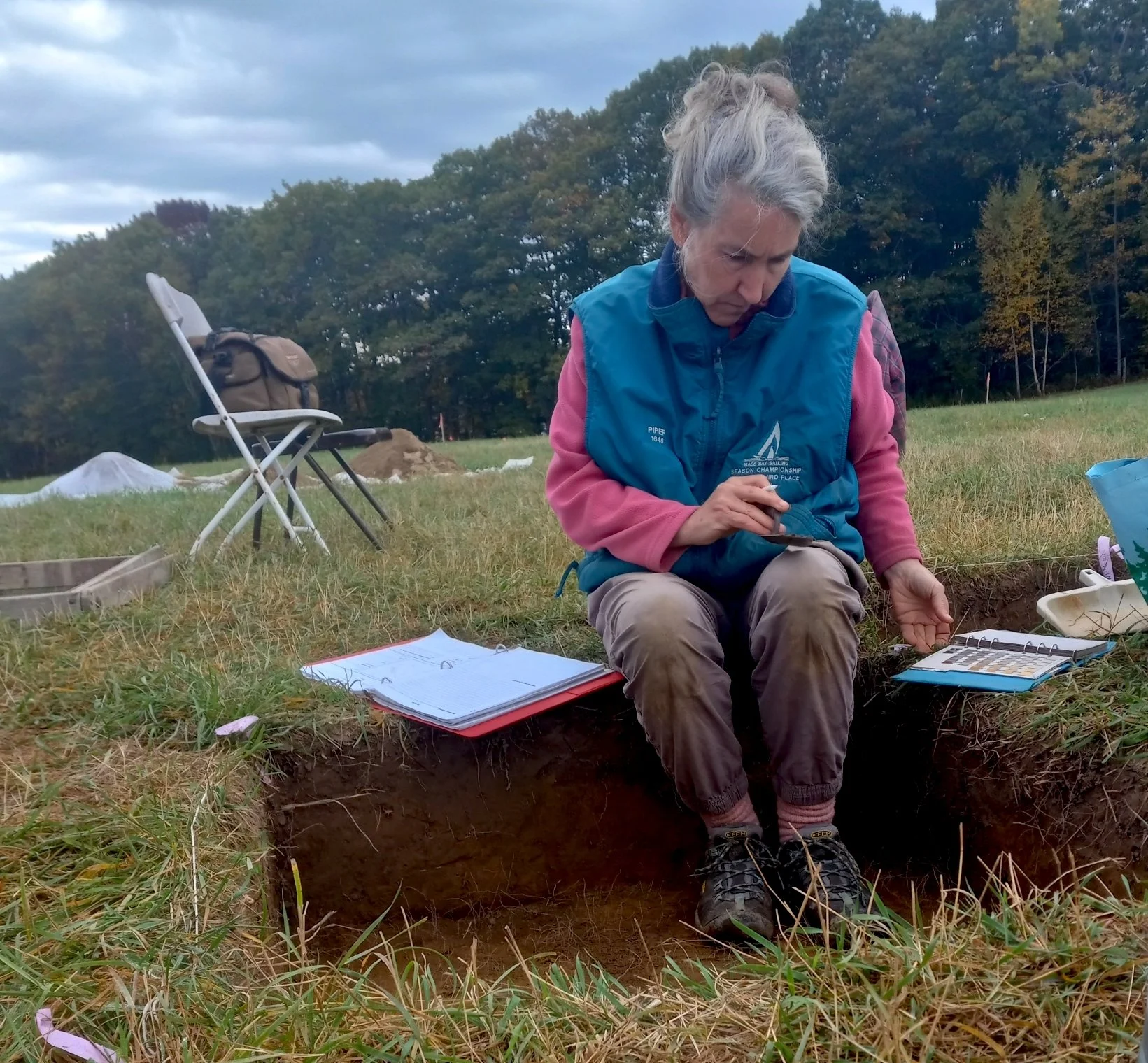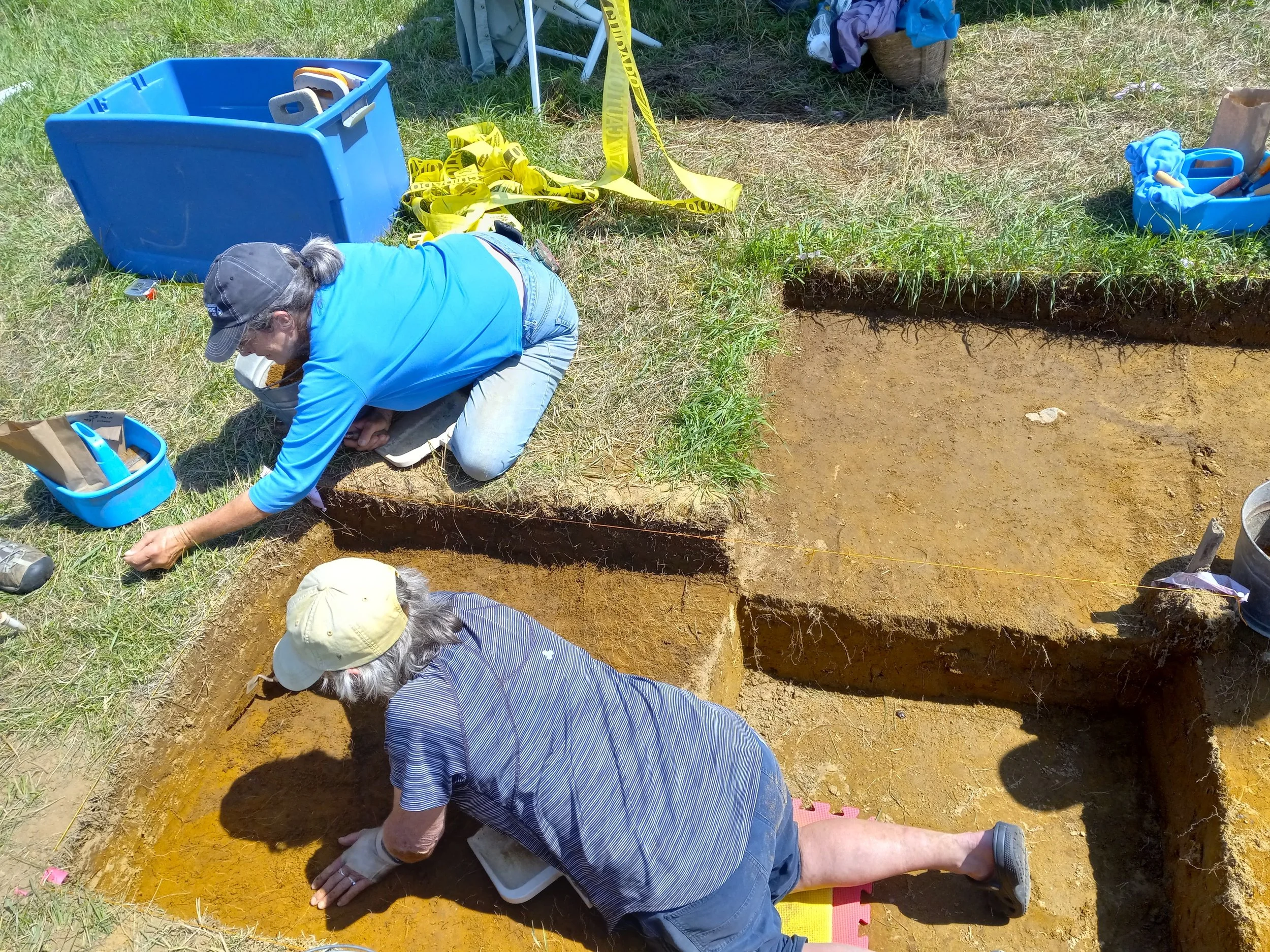The Ulster-Scots ‘Means’ homestead story gets a fresh look.
Page 5 – WHAT IS NEXT? ~ John T. Mann, Director MUSP
A Second Generation Ulster-Scots’ homestead: The “Means Massacre” site at Flying Point, Freeport, Maine
MUSP, in cooperation with the Wolfe’s Neck Center, Freeport Historical Society, and the Thomas Means Club, is now three years into a similar archaeological assessment of the Means’ family homestead at Flying Point. A fresh look at historical research of the area and of the physical findings relating to the Ulster-Scots families that settled here in the mid-eighteenth century is yielding a trove of information. New details of the daily lives and the adaptations of those who made Flying Point their home during a period of warfare and epidemics is creating a fuller picture of both the setbacks and opportunities confronted in a new land of harsh winters and previously unimaginable natural resources.
MUSP looks forward to sharing the data being collected with the local community, descendants of the many families connected to this story, and the larger international community that follows our work in Maine as our findings become ready for distribution. We expect to be on site for several more years teasing out the details left scattered and buried among the roots and plow scars of an old hay field at Flying Point.
Once again Pamela Crane is leading a group of MUSP volunteers in a methodical examination of an old hay field bordering on Maquoit Bay. This is an area that Leon Maybury and a group of neighbors identified in 1932 as the Means’ homestead site, an area that routinely turned up brick, rock, and broken pottery during farm operations in the area. Research of the property history has shown that the heirs of Thomas Means acquired title to this property one year after the 1756 event that took Thomas Means life. The property remained in the Means family through successive generations until 1893.
Now Crane and her crew are uncovering artifacts and features located at the site and learning about the daily lives of the mid eighteenth century occupants and their methods of home construction. Fragments from a broken attempt at establishing a homestead during the early days of the French and Indian War (1756-1763) are being mapped, cleaned, catalogued, photographed, and compared to the source documents that describe the life and times of the Means family. Similar to the MUSP led dig at the McFadden site, this location has proved to be a unique opportunity to capture a moment in time and learn about the on-going adaptation of Ulster-Scot emigrants to the Eastern Frontier and how their presence and efforts influenced the history of our neighborhood, state and country.
Sign formerly located at Flying Point, Freeport, Maine.







